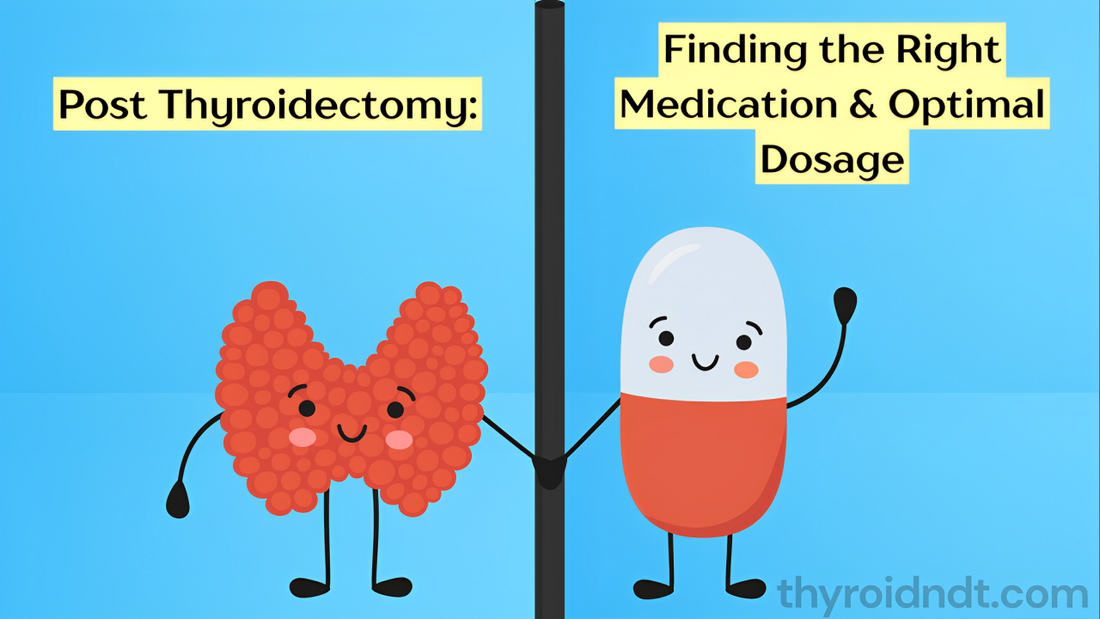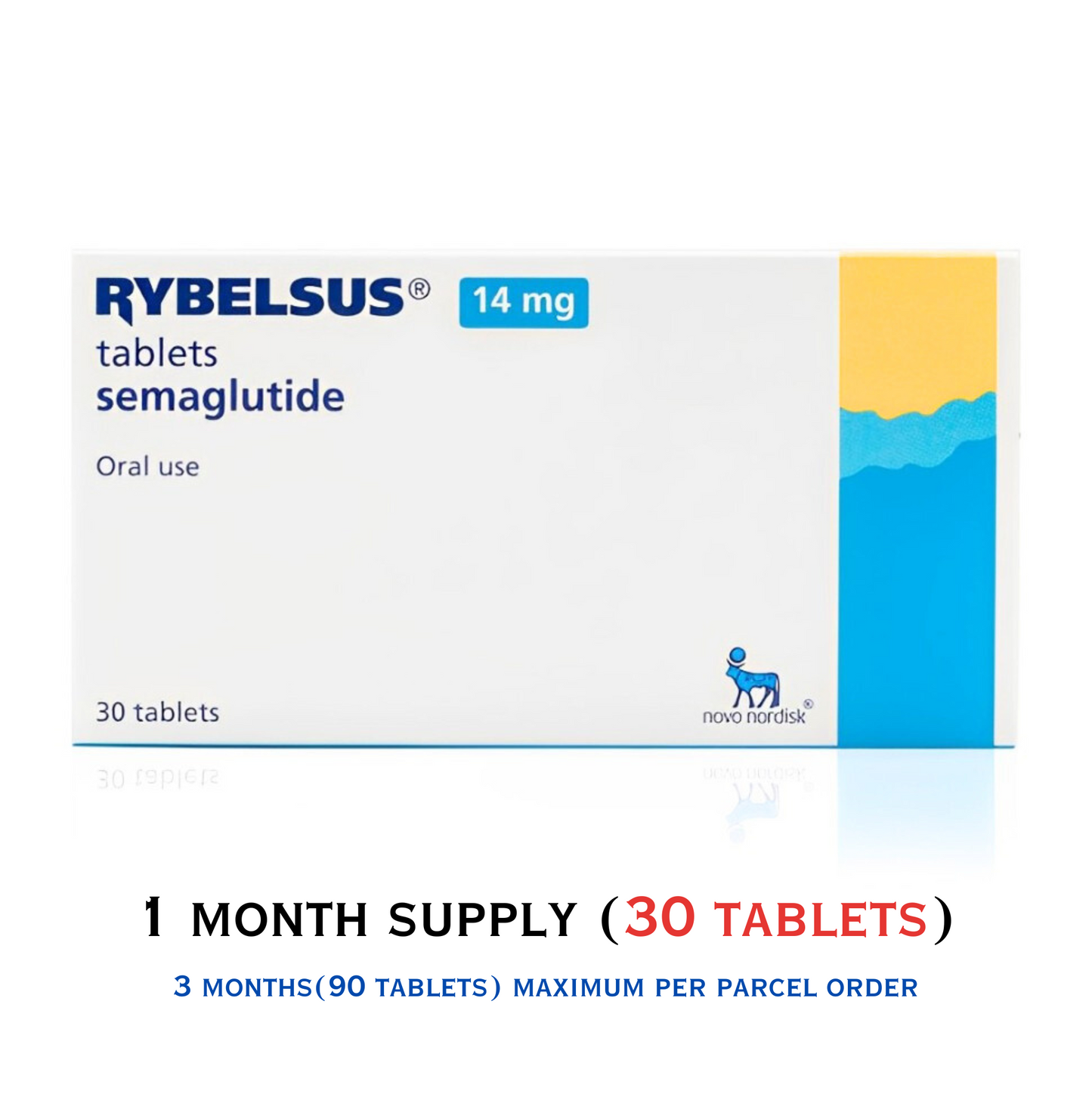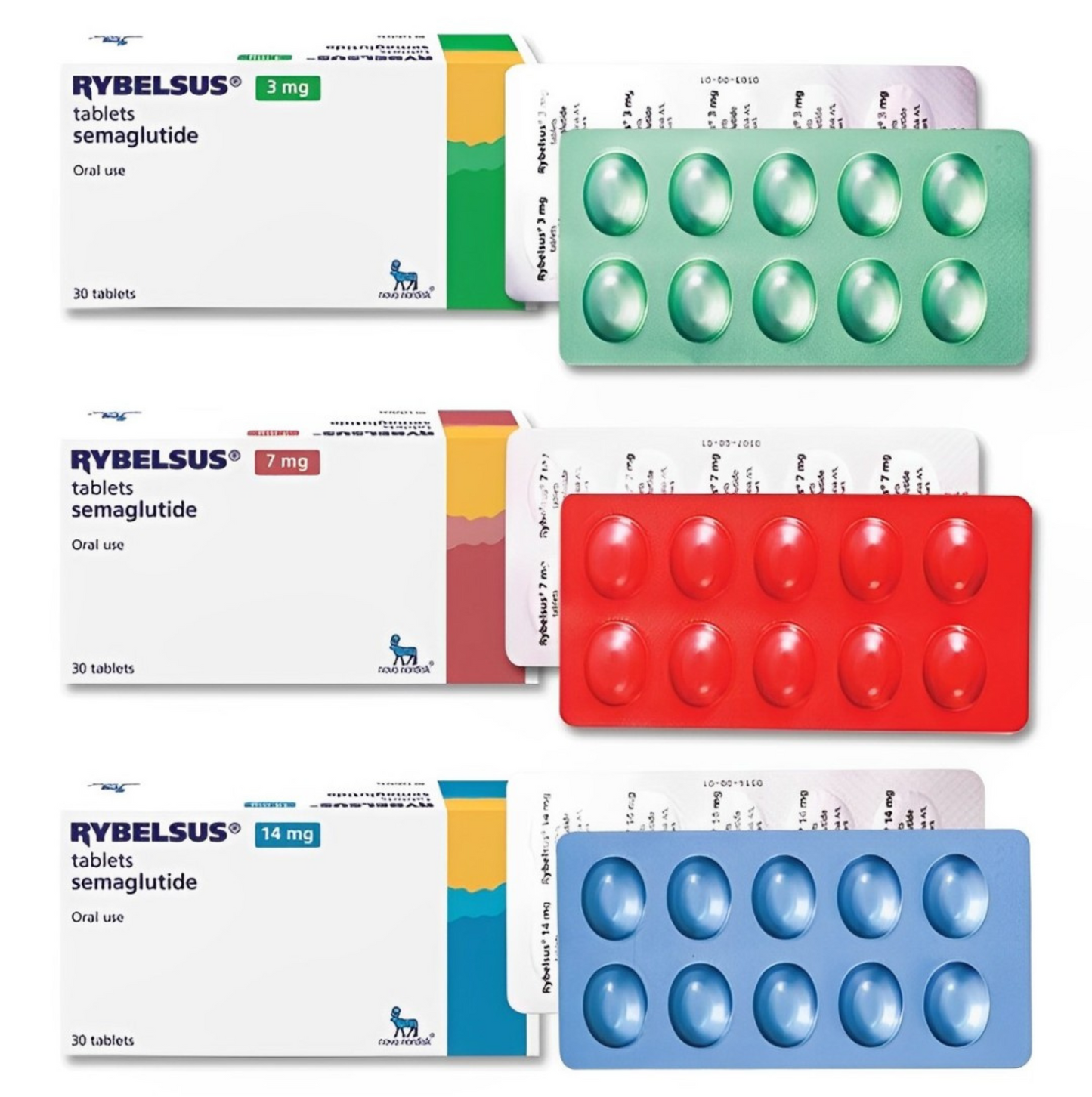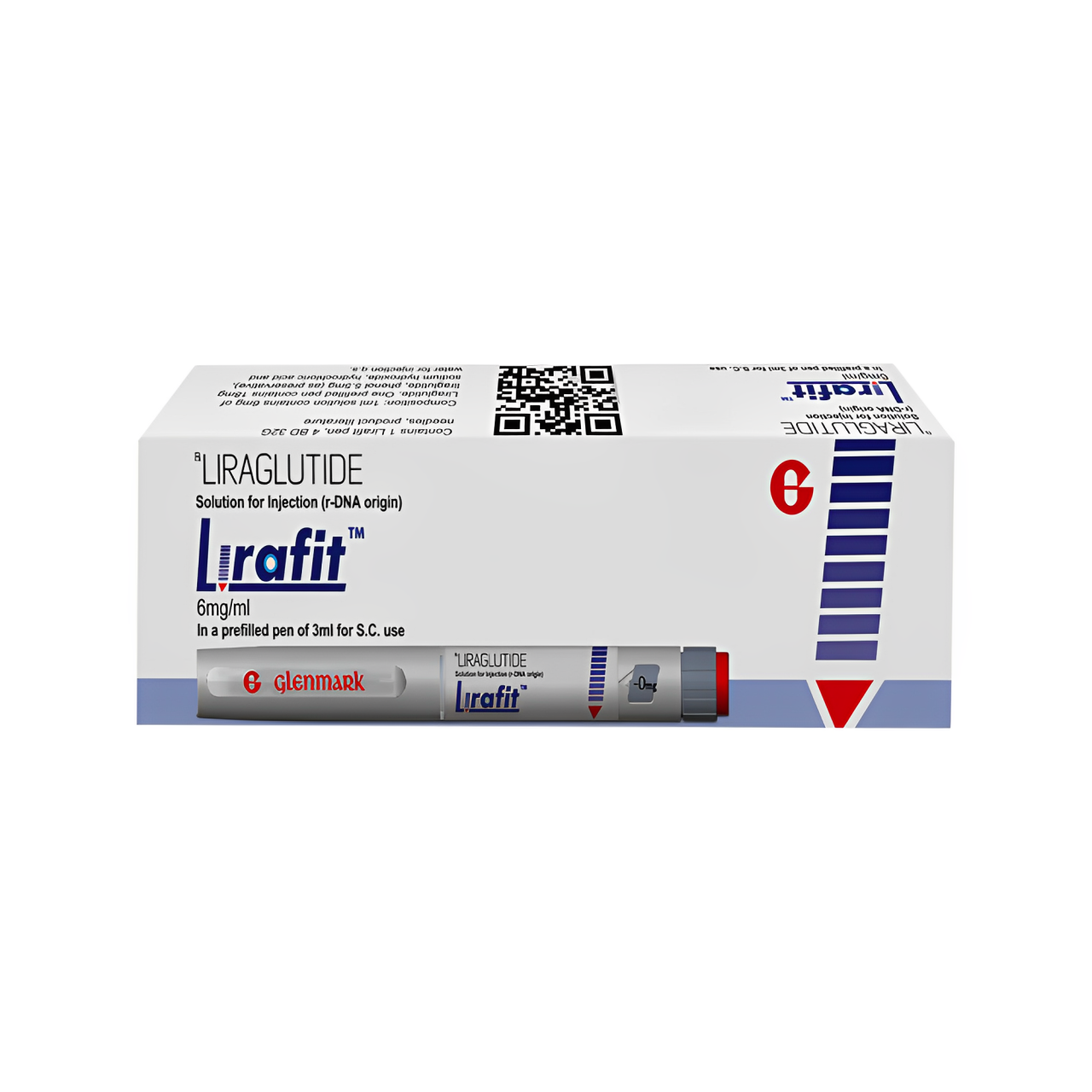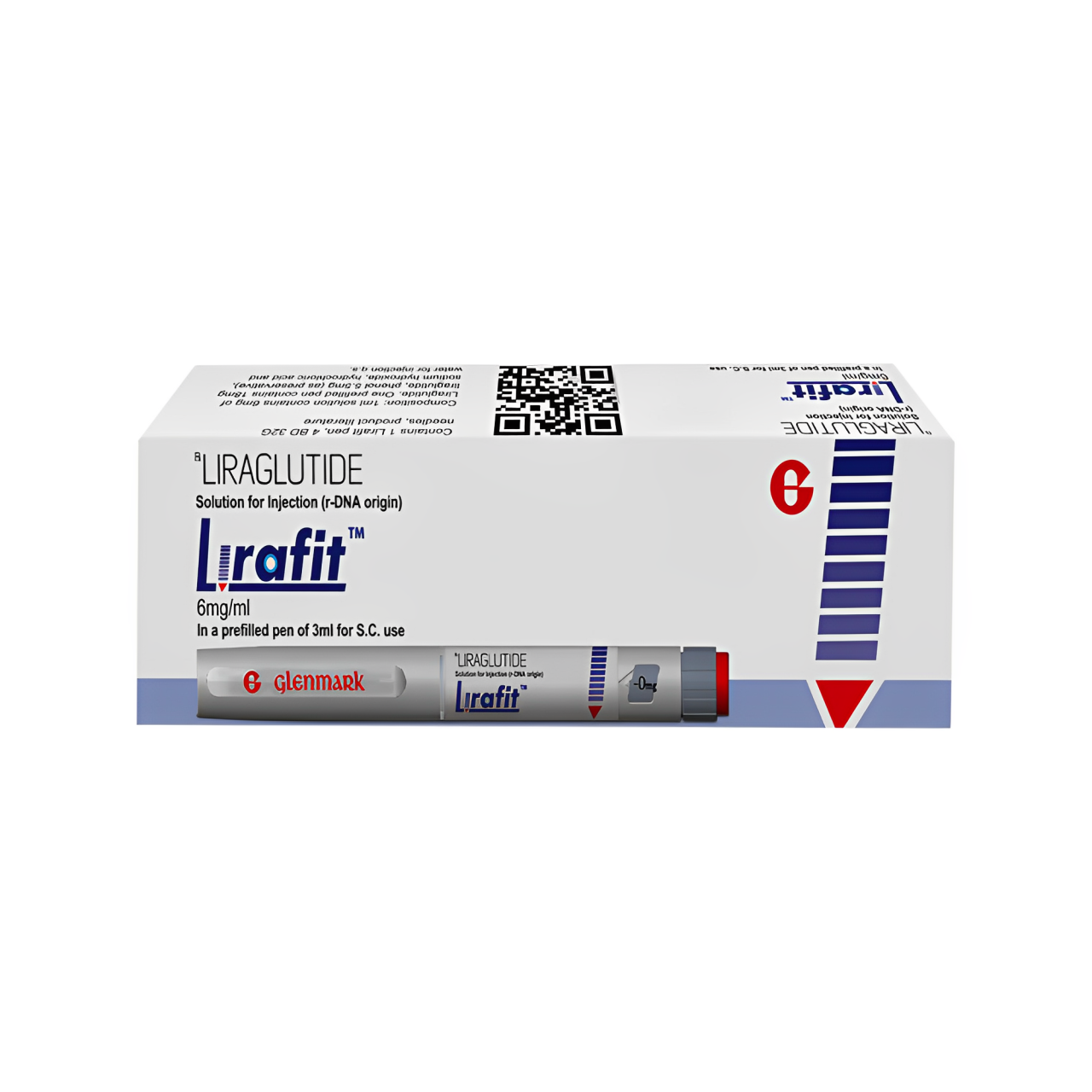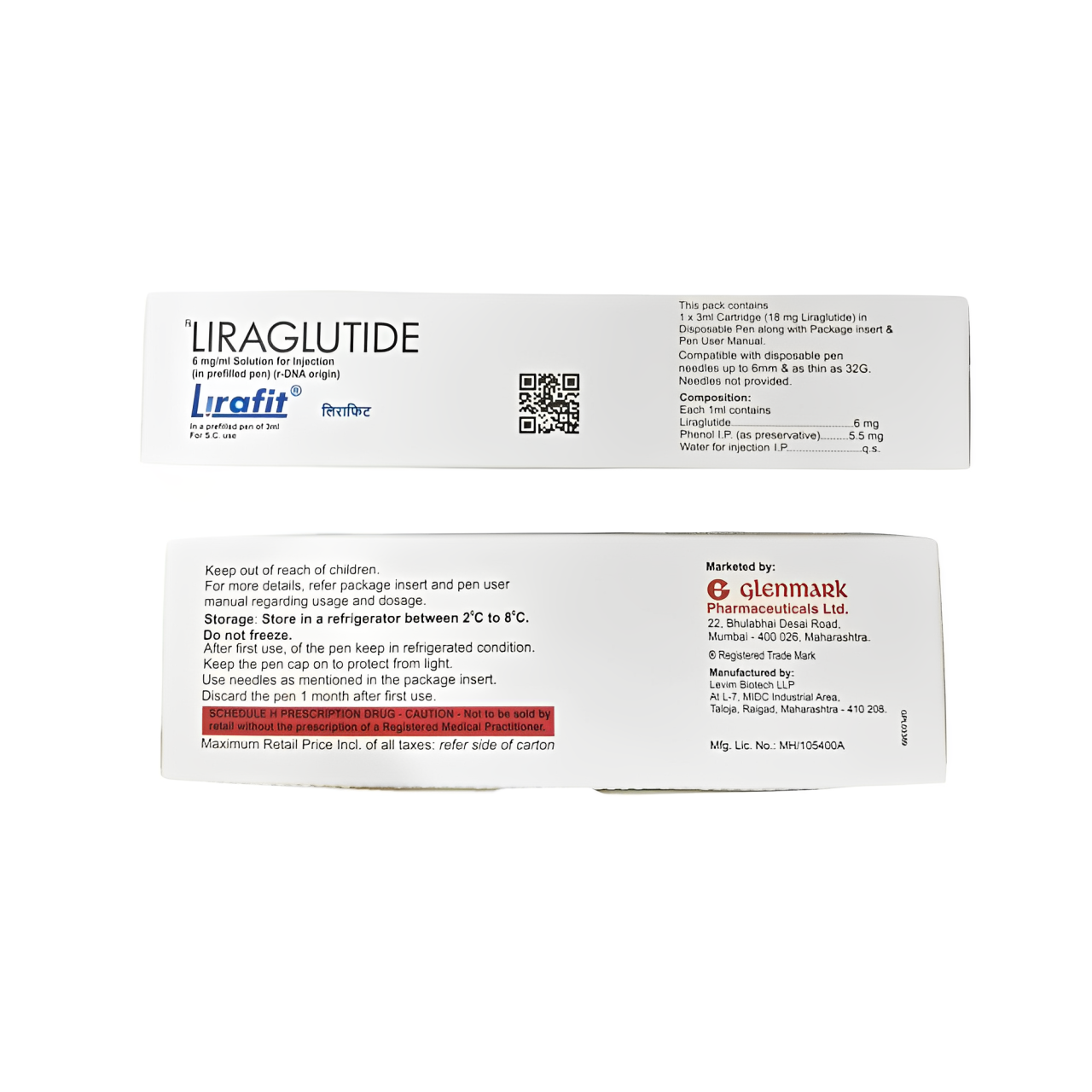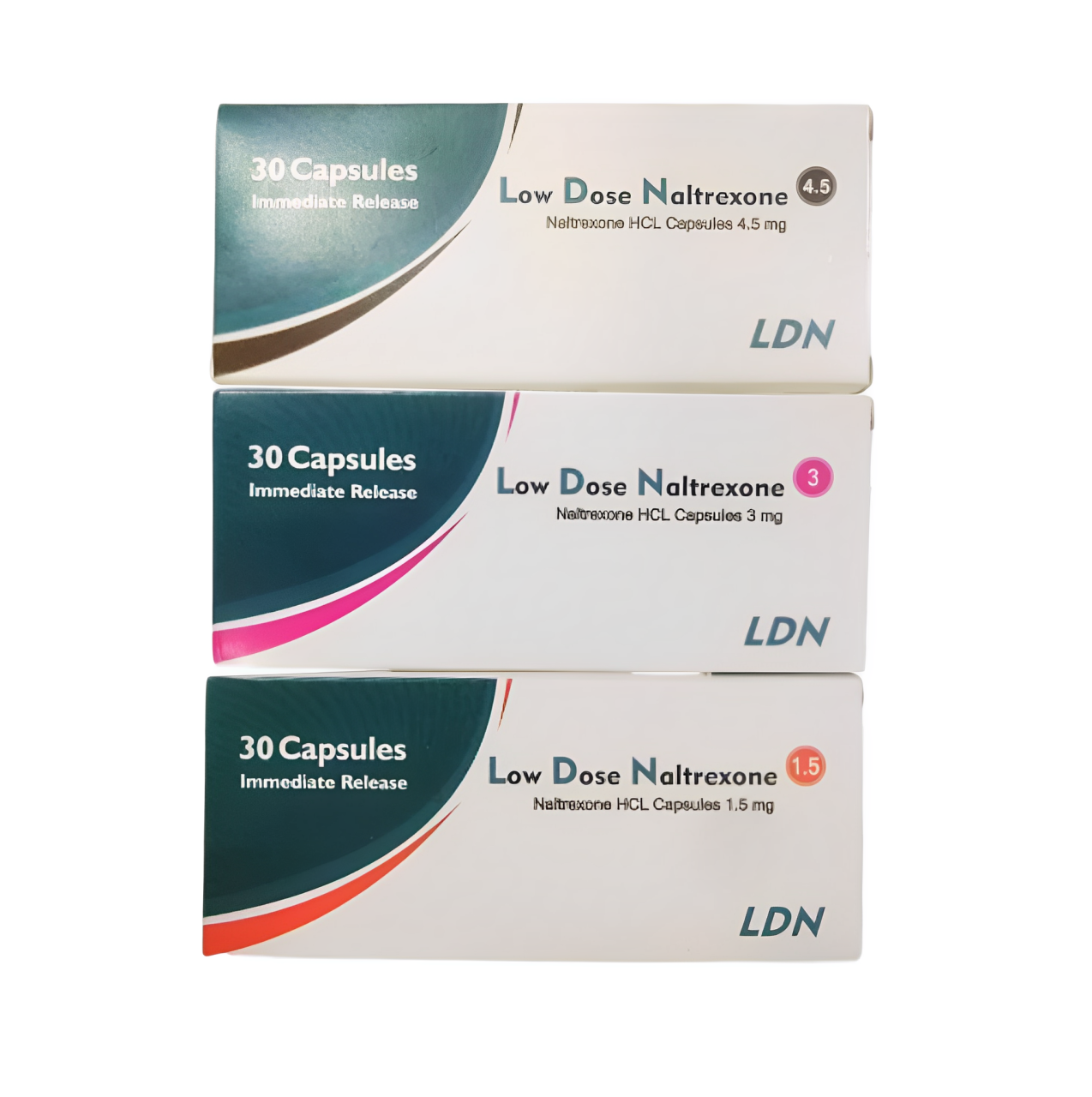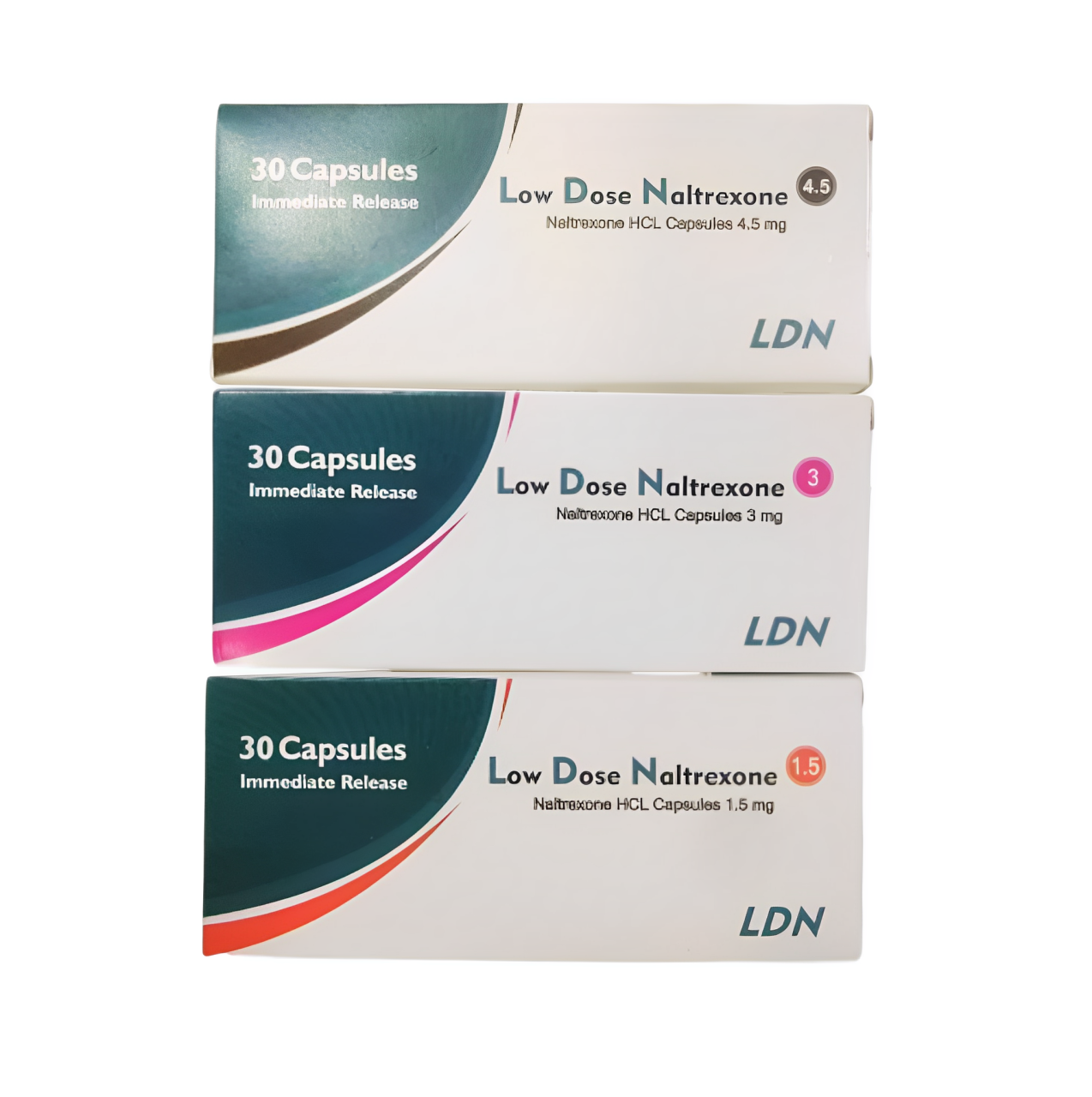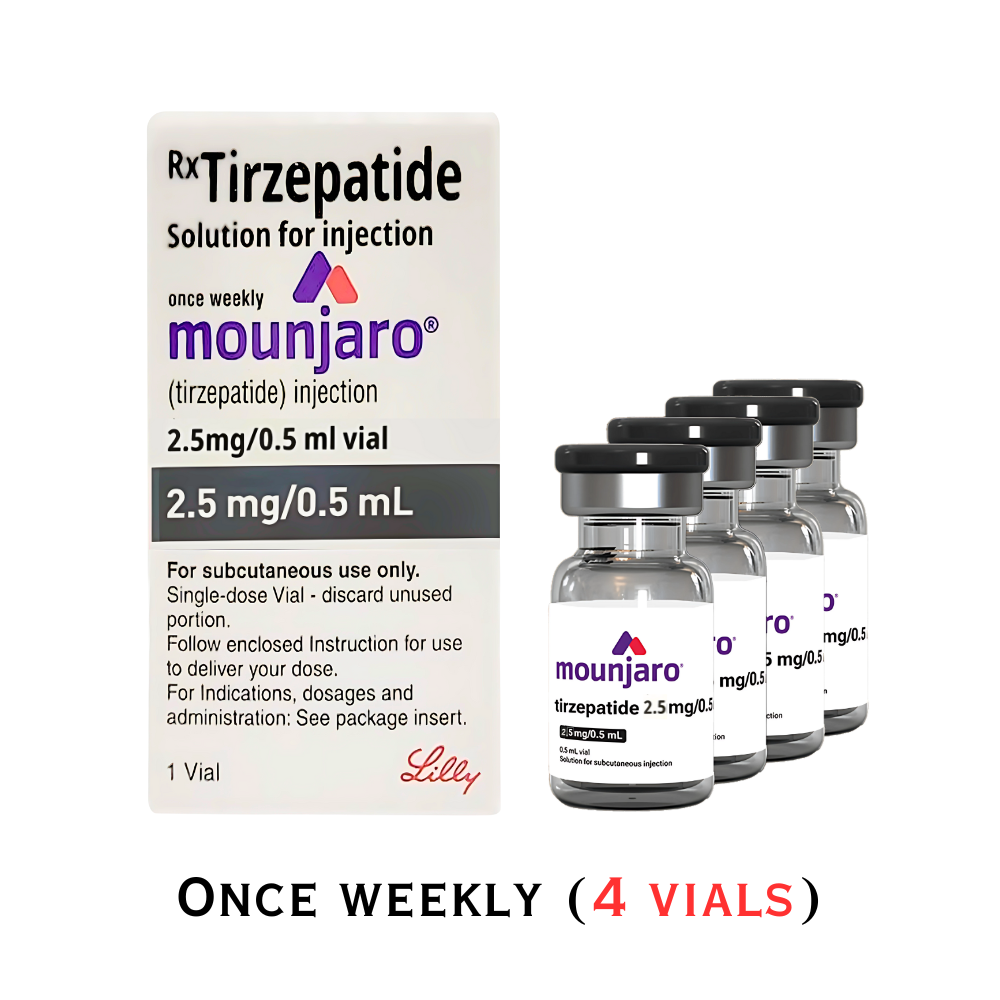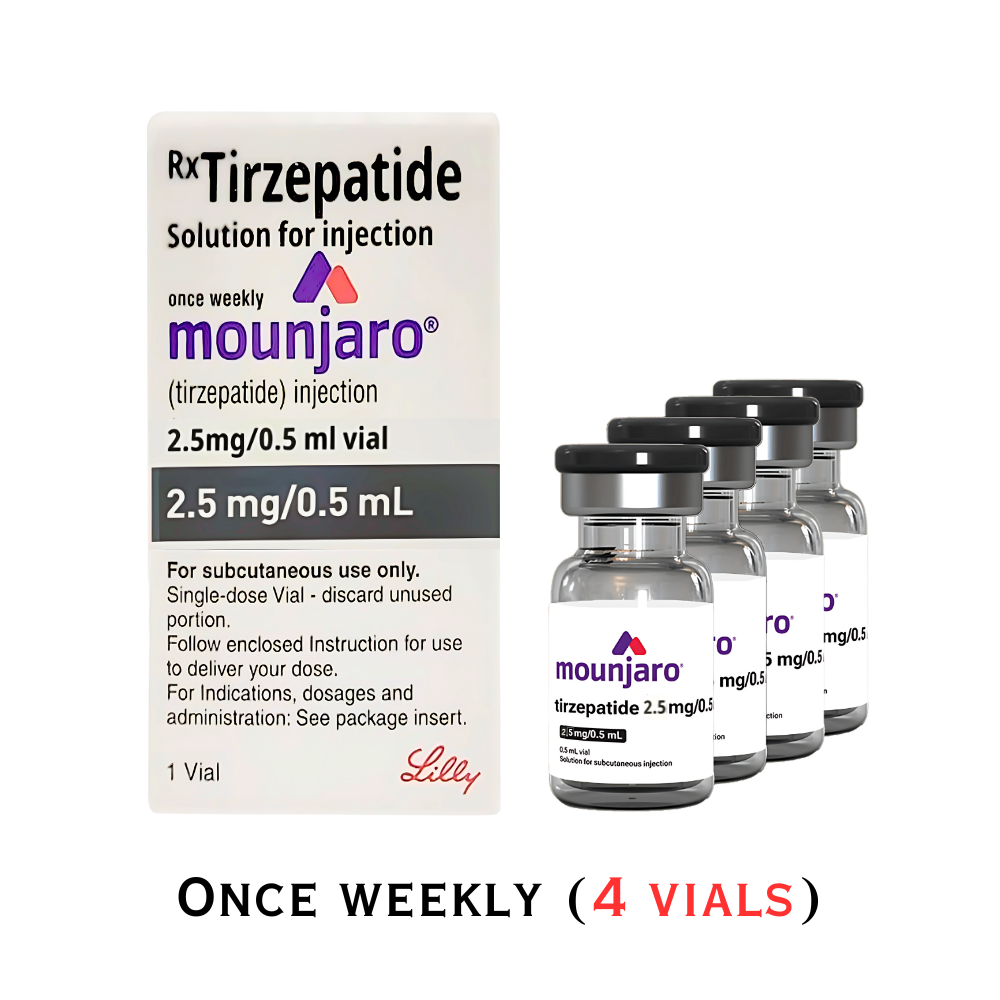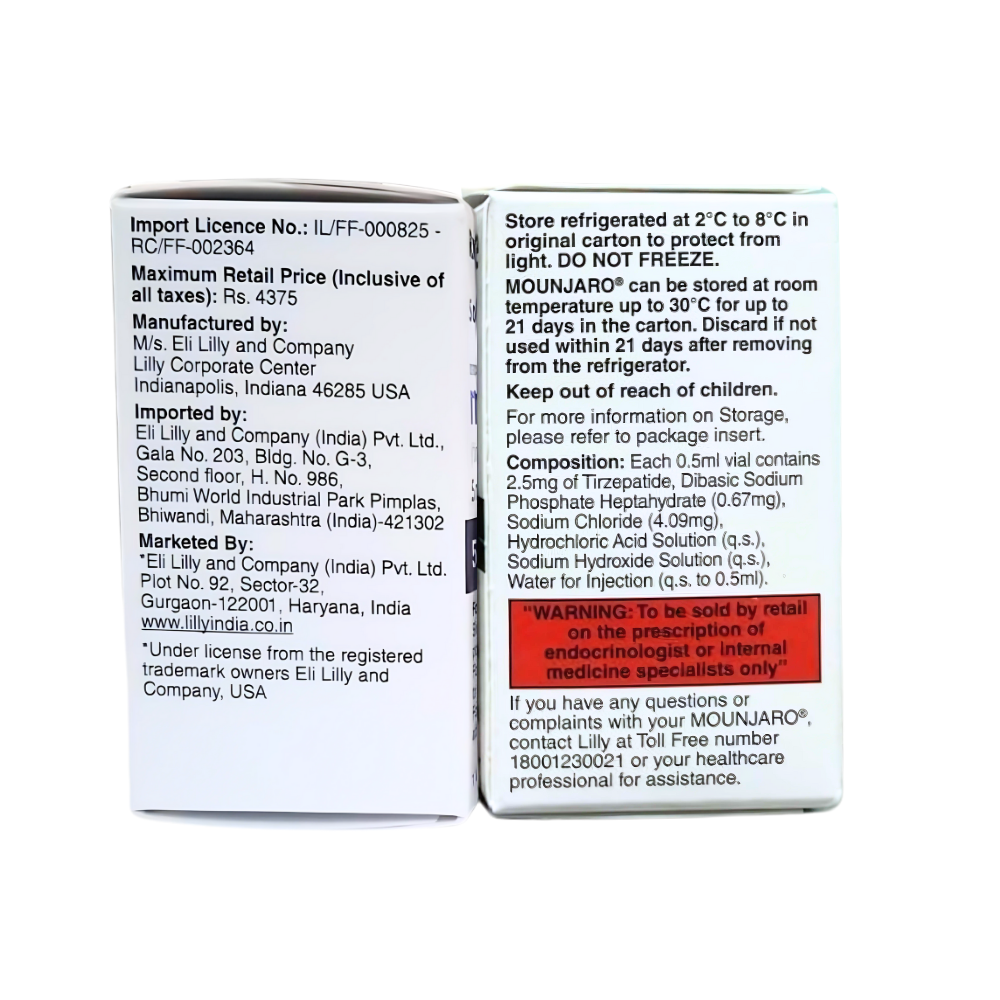Undergoing a thyroidectomy—the surgical removal of your thyroid gland—can feel overwhelming. Whether it was done due to thyroid cancer, hyperthyroidism, or nodules, the journey doesn’t end after surgery.
The good news? With the right post-operative care, monitoring, and hormone management, you can live a vibrant and healthy life.
In this article, we’ll walk you through how to take care of yourself after thyroidectomy, what symptoms to monitor, and what red flags to watch out for—backed by trusted medical insights.
🔹 What Happens After a Thyroidectomy?
The thyroid regulates your metabolism, energy, heart rate, mood, and more. Once it’s removed, your body can no longer produce thyroid hormones naturally.
This means:
- You’ll need lifelong hormone replacement therapy.
- You’ll be monitored for potential calcium imbalances, especially right after surgery.
- Your recovery and hormone stabilization may take several weeks to months.
✅ Immediate Post-Surgery Care (First 1–2 Weeks)
1. Rest and Recover
- Get plenty of rest but take short walks to prevent blood clots.
- Avoid heavy lifting or strenuous activity.
2. Monitor the Incision Site
- Keep the area clean and dry.
- Watch for signs of infection: redness, warmth, pus, or fever.
3. Voice and Swallowing Changes
- Temporary hoarseness or difficulty swallowing is common.
- If it persists beyond 2–3 weeks, notify your doctor.
4. Watch for Low Calcium Symptoms
- Especially if your parathyroid glands were affected.
⚠️ Symptoms of hypocalcemia:
- Tingling in the lips, fingers, or toes
- Muscle cramps or spasms
- Confusion or irritability
- Seizures (in severe cases)
🧪 Your doctor may prescribe calcium supplements or monitor your serum calcium and parathyroid hormone (PTH) levels.
💊 Thyroid Hormone Replacement Therapy
Standard treatment:
- Levothyroxine (T4): The most common thyroid hormone replacement.
Some patients, especially those who remain symptomatic on T4-only therapy, may explore:
- Natural Desiccated Thyroid (NDT)
- Combination therapy (T4 + T3)
🧬 A 2013 study (Hoang et al., JCEM) found that patients on NDT reported better mood and weight loss compared to levothyroxine alone.
Dosage Tips:
- Take your thyroid medication on an empty stomach, ideally 30–60 minutes before breakfast.
- Avoid taking it with:
- Calcium supplements
- Iron
- Coffee (within 1 hour)
🧪 What Lab Tests to Monitor Regularly
Every 6–12 weeks during dose adjustments, then every 6–12 months when stable.
| Lab Test | What It Tells You |
|---|---|
| TSH | Measures pituitary signal for thyroid hormone |
| Free T4 | Measures unbound, usable thyroxine |
| Free T3 | Measures active thyroid hormone (optional) |
| Calcium | Assesses calcium levels post-surgery |
| Vitamin D | Supports calcium absorption |
| PTH (if needed) | Checks parathyroid function |
🧠 Common Long-Term Symptoms to Watch For
Even on medication, some thyroidectomy patients report:
- Fatigue
- Brain fog
- Weight gain
- Depression
- Cold intolerance
- Dry skin or hair thinning
If these persist despite “normal” labs, ask your doctor about evaluating Free T3 or exploring combination therapy.
❤️ Lifestyle Tips for Post-Thyroidectomy Wellness
1. Prioritize Sleep & Stress Management
Chronic stress affects thyroid hormone conversion.
2. Exercise Gently but Regularly
Build up stamina slowly; strength training can help metabolism.
3. Eat a Nutrient-Rich Diet
Support thyroid hormone function with:
- Selenium (brazil nuts, eggs)
- Zinc (pumpkin seeds, legumes)
- Iron (spinach, red meat)
- Magnesium (leafy greens, nuts)
4. Stay Consistent with Medications & Labs
- Don't skip doses or stop meds abruptly.
🟨 Standard Hormone Replacement: T4 (Levothyroxine)
- What it is and how it works
- Common side effects and limitations
- Dosing and timing tips for effectiveness
🟧 Alternative Therapy: Natural Desiccated Thyroid (NDT)
- What is NDT and how it differs from T4-only therapy
- Benefits for some patients (better mood, weight loss – Hoang et al., 2013)
- Common NDT brands: Armour, NP Thyroid, Erfa, Thyroid-S
- Sample titration plan (30 mg → 90 mg over 10 weeks)
🟥 Combination Therapy (T4 + T3)
- When and why it’s considered
- Scientific backing (Bianco et al., 2019; Peterson et al., 2016)
- Individual response varies – importance of personalization
Sample Dosage Titration of NDT(Armour, Erfa, NP, Thyroid-S) Always Under Medical Supervision
| Week | Morning Dose | Afternoon Dose | Total |
|---|---|---|---|
| 1–2 | 30 mg | – | 30 mg |
| 3–4 | 30 mg | 15 mg | 45 mg |
| 5–6 | 30 mg | 30 mg | 60 mg |
| 7–8 | 45 mg | 30 mg | 75 mg |
| 9–10 | 60 mg | 30 mg | 90 mg |
Max dose for most adults:
- 1.5 to 3 grains/day (90–180 mg)
Note: Some people need more or less, depending on metabolism, weight, and comorbidities.
NDT vs. T4-Only in Post-Thyroidectomy Care
| Factor | NDT | Levothyroxine (T4) |
|---|---|---|
| Contains T3? | Yes | No |
| Mimics natural output | More closely | Partially |
| Patient satisfaction | Often higher | Variable |
| Monitoring complexity | Higher (requires fT3/fT4/rT3) | Lower |
| Availability | May be limited in some countries | Widely available |
When You Might Be Overdosing
Watch for signs of overmedication, such as:
- Rapid heartbeat
- Insomnia
- Sweating
- Anxiety
- Tremors
Lab values may show:
- Suppressed TSH (<0.01)
- High Free T3 (>4.5 pg/mL)
When to Call Your Doctor
- Persistent hoarseness or difficulty breathing
- Symptoms of hypocalcemia
- Heart palpitations, shakiness, or rapid weight loss
- Severe fatigue or mental health changes
- Swelling or redness around the incision
Special Considerations
Adrenal Fatigue
Low cortisol can make it harder to tolerate NDT. You may need to assess adrenal function first using 4-point saliva cortisol tests.
Iron and Nutrients
Low ferritin, B12, vitamin D, or selenium can impair thyroid hormone effectiveness. Test and correct deficiencies.
Potential Risks and Considerations
- Overmedication can cause hyperthyroid symptoms: palpitations, anxiety, insomnia.
- Bone health and heart rhythm must be monitored, especially in older patients or those with cardiac history.
- Batch variability in some NDT brands may affect symptom stability (e.g., Armour, NP).
If you're struggling with unresolved hypothyroid symptoms, talk to your doctor about NDT. And always remember: the goal is not just to "treat labs," but to restore your quality of life.
References
-
Hoang TD, et al. (2013). J Clin Endocrinol Metab, 98(5):1982-1990.
-
Gullo D, et al. (2011). Endocrine, 42(3):435-445.
-
Ito M, et al. (2012). Clin Endocrinol (Oxf), 76(4): 556-61.
-
Bianco et al. (2019), Frontiers in Endocrinology:
“T3-based therapies may improve quality of life in certain hypothyroid patients.”
-
Peterson et al. (2016), Thyroid Journal:
“A normal TSH does not guarantee tissue-level euthyroidism. Individualized care is essential.”
-
British Thyroid Foundation (2023):
“Post-thyroidectomy patients should be educated about symptom monitoring, long-term hormone needs, and lifestyle support.”
